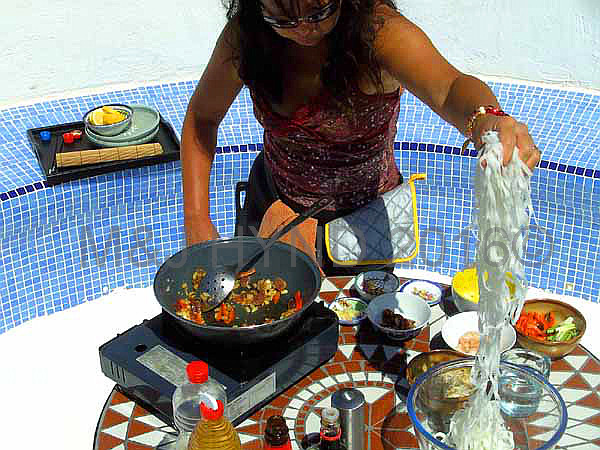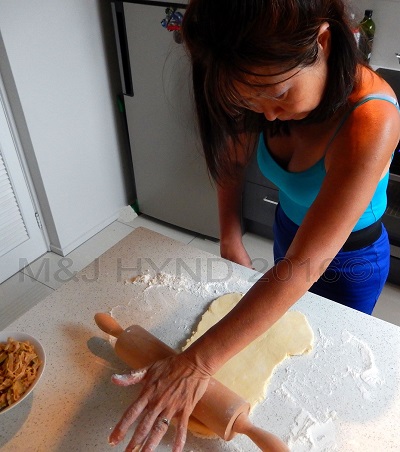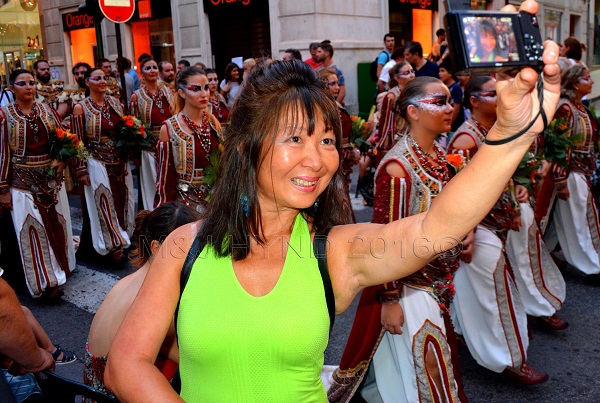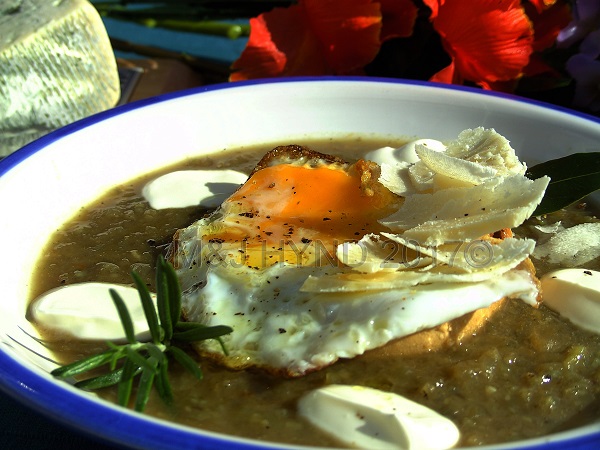AUT 2016 Long Term Conditions Talk
I was asked if I would like to talk to a class of undergraduate students at AUT (Auckland University of Technology) recently about the challenges with Long-term Neurological conditions, at the Physiotherapy Dept, North campus in Akoranga Drive, North Shore, Auckland.
As my stroke history spans UK, Spain and NZ, I would be possibly in the unique position of being able to give a view of long term conditions such as stroke – I had an AVM brain haemorrhage at the age of 34, in London. I was delighted to have involvement in a program such as this.
The lecturer put me at ease with her question-answer format, much like an interview. The purpose was to bring someone who has real life experience of living with a long term condition and with rehabilitation, into the classroom and make it real for the students. Helping students realise that their input should not be solely focussed on the person but on the family unit and look at the bigger picture.
There were a mixture of health administration, case management and other health care professional students (all undergraduate) present at that course.
How your journey started, what it was like:
With my being in a wheelchair it was very challenging in the beginning. We had to make adjustments of how we lived life after the congenital, AVM haemorrhage/stroke – to be willing to change is the crucial factor. Murray was having to work at his day job, plus having to care for me, 24/7. The activities in the weekends, grocery shopping etc., meant having to get my wheelchair from the back of the car, put me in it, wheel me around. Sometimes he'd get back pains – but we coped with acupuncture, acupressure, chiropractor, both for him and me.
We travelled with the wheelchair, and much later on without it, with the AFO (Ankle-foot Orthosis, a.k.a. leg brace), we had to take a second AFO in case one malfunctioned somewhere in Europe. It was a lot of extra luggage that Murray had to carry on holidays, but for peace of mind it was useful. Plus my right foot would sometimes swell up in the humidity and high heat, with lack of good circulation; generally also when I was wearing the AFO. It just happened a few years ago, so it is on-going but I would be aware of the pitfalls and know how to deal with it.
Describe your return to roles and activities you enjoyed before:
Travel – ablutions (toilet visits) is kinda funny in different countries. As we had travelled to places in the South East Asia, the Middle East, to Europe and the West, we could appreciate the idiosyncrasies of each culture, and better cope with it after the stroke. I always used the normal toilets, as soon as I possibly could; rather than always be on the lookout of disabled toilets. I felt it was especially important to try and fit in when we go to different countries where beliefs and way of doing things, might be something unfamiliar to what you're accustomed.
Egypt, Morocco and Marrakech, Turkey, Greece, South East Asia before the advent of central shopping malls... I remember in Spain, the magnificent Alhambra, when I was none-too-steady on my feet after the stroke and quite slow. The main light in the washroom suddenly clicked-off as the timer had been set to go off too early and suddenly I was in darkness, still in the toilet-stall.
The Swiss pride themselves on cleanliness: it's all very space-agey, super-clean, and clinical. Driving through Switzerland before 2000, we stopped for a comfort break, and I discovered very little signage as to what to do. Press a hidden button; or the flush is on the floor-level unreachable by you if it's not on the correct side, if you've had a stroke; perhaps the system detects your intent and starts up; or wave your about hand about until something happens. It reminded me of the Sandra Bullock's movie with Sylvester Stallone: who asks why there's no toilet paper, and only three seashells on a shelf, in Demolition Man. Food for thought.
The toilet roll holder: right side or left side, or on the wall behind you? If you had only one hand, and the toilet holder is on the wall unreachable by you when you're sitting down; you have to decide before rather than after, your intent when making the visit. And, is the door readily openable by you? These questions as with all mundane things, done automatically by the able-bodied, were uppermost in my mind playing the scenarios. To judge the situation before rather than after, is paramount.
Despite your restrictions, what great things you can still do:
I've had to fill my mind with thoughts again. Remembering anything was a challenge, my mind was like a sieve. But as they say, if one shoots enough arrows at the target, one is sure to hit the bull's eye... and another, and another. One other quote I like to believe in: you are never too old to set another goal or dream a new dream.
I liked colour, on plants and flowers, designs, paintings, bead-work to name a few. By trial and error over long periods, we found activities that I was happy doing. And it involved lots of colour. When we were in South Africa, and were browsing through shops at a shopping mall, the bead store caught my eye.
Hundreds of glass beads, more like thousands, a kaleidoscope of rainbow-hued colours. We were living in Spain at that time, but that didn't stop me from bringing a suitcase-full of special glass beads home on the plane.
Painting on silk? I hadn't had the chance of doing art at school (being in a Science-stream class).
Though if truth be told, I would have enjoyed it immensely. After the stroke, in the wheelchair, Murray tried me on charcoal drawing – no colour, so perhaps not – even though I couldn't say much. An article is written up in the silk-painting: magic of colour.
In Las Vegas, catching up with friends, and seeing the spectacular sights. It was our second time there and we looked forward to seeing brand new casinos in the ever-changing microcosm of Sin City. In one of the biggest new casinos, Wynn Las Vegas, the décor was a stunning riot of texture and colour, both in terms of the mosaic-tiled floor and the flower balls in the trees above; playful, huge flower balls.. I definitely had to make flower ball(s) when we returned to Spain.
Stone sculpture, working with clay and stoneware pottery and ceramic sculpture. I did pottery before my stroke. Now being one-handed, I thought for a very long time, that that avenue was lost to me. But, I guess the old adage applied here: don't knock it until you've tried it. I'm glad I tried it again, and have loved doing it after my stroke. All very challenging and time-consuming but it has energised me and gave rise to more creative thoughts.
I found it’s possible to take photos with a normal camera with one hand: selfies, wefies, us-ies, ... and use only one hand, and the left one at that. There is a bewildering array of right-handed compact cameras to choose from but almost zero for lefties. Where there is a will, there is a way and I had to find it. First priority was to hunt down the optimum model, with the weight of the camera, size, the position of the flash among the considerations. And of course the technique took a while to perfect.
Your return to COOKING:
Murray cooked for us in the first few months of my being discharged from hospital. I'd had a taste of the sort of food he fed you if you're not too well – it's just the same as his normal fare, minus the cheese, maybe. I intrinsically knew that to be fit, I had to try to cook again, the memory loss notwithstanding. I was born in Penang, Malaysia where spices, fragrant herbs were everywhere; vegetables are fresh and just picked at the market. Food was fresh, available, quick & easy, every day of the year.
In London, after my stroke, I was sure I could relearn to cook. Just my lack of memory stood in the way of how. I couldn't recall any recipes and reading any recipes took forever, as my concentration span was short, and my reading skills were very slim. And memory? Salt, no salt, eggs, sugar, whisk for how long, you had to laugh, when I presented novel-tasting food, for the first few years.
When I thought to devise my very own cookbook from scratch in Spain, I couldn't readily explain myself to anyone, as to what I wanted. All those ideas had to be put down on paper, like what to cook, where could it be done: in the garden, at poolside, etc. Accessories and lovely ceramic-ware,.. And scribbled out, replacing them with more ideas.
They were very exciting times, as my mind grappled with problems to address and solutions; every day was a worthwhile challenge. Writing my cookbook gave me the impetus, to find out, learn more, and get ideas for innovative thinking = a stroke-rehab challenge. This extremely huge gap of the words I'd forgotten or were destroyed thanks to the haemorrhage. Or were just there, dangling enticingly, a little bit out of reach, but if I tried hard enough, perhaps I'd remember more. Making limited use of the internet, only typing with one finger of one hand, grappling with how to spell/say or say things... as a search pattern was challenging. Still, it was of great benefit.
We are lucky in Spain, to have beautiful weather 320 days of the year – sunny, blue skies, ten minutes to the beach and airport, big cities down the road in Alicante; Elche's fiestas. It was the explosion of colour in Spain - to use in choosing my colour palette for enticing scene-setting food photos..
In my fusion cuisine stroke-travelogue-cookbook, Travels with One-Handed Cook, I've used stovetop, microwave, counter-top oven for most of my recipes. With my two cookbooks, it's a variation on cooking techniques and tips, and it is very simple to achieve good results. The second cookbook, Cook, Eat and Be Happy! is a budget-conscious way of still making delicious food, that anyone could make – it's easy to understand and cook; devised and cooked by a one-handed person.
It doesn't just affect the person it happens to but it affects relationships, roles within the family unit:
Murray is great support, giving me assistance when needed. We had to pull together to go forward. When he's at work, I had lists of what I should carry should I go out: money-pouch, keys, backpack to put things in but that will leave my one-hand free, to negotiate steps or escalators. Walking-stick or umbrella, would I need a raincoat or just a windbreaker. Our emphasis may be changed, but we operated in the same way, before as well as after the stroke.
I stumbled/shuffling without any aids at first. And I couldn't feel my leg spatially (very impaired sensation); so I had to look down all the time when trying to walk. The walking stick and the AFO came later. Because I couldn't lift my foot to clear obstacles, any bump in the pavement could send me sprawling, even with Murray's help. Prior to getting an AFO I twisted and sprained my right ankle on a number of occasions. With the AFO, I now was able to learn to walk and talk – great start.
The hydrotherapy pool is great for achieving confidence. I rarely had the AFO off my foot, as I'm walking with it all day, every day. It was fantastic what I was able to do in the pool during the active exercise. Warm therapeutic water adds to the ambience of enjoying it whilst you do stroke-rehab.
Influences life and dreams for what you imagined life would be - what does life hold for you now:
What would I have liked to have been when I finished school? Most of my relatives were in the medical profession; as doctors, anaesthetists, gynaecologists, nurses, physiotherapist, dental surgeons, and so on. But I did not like blood or needles. Teachers, cookery teachers: I saw happy, healthy, well-rounded people.
Travel – working with the airlines would have been a dream job. However, I wore thick spectacles at school so I'd never be considered as a stewardess, but travel was exciting, with the allure of faraway exotic places. I imagined writing someday, as I started a newsletter publication for the school's activities. But, I was in a Science-Stream class; so I became a computer analyst programmer instead, so I sort of got travel and job in the same package in a roundabout way.
Then I had the AVM brain haemorrhage. Though, strangely enough, I've since published stroke-travelogue-cookery books also written articles for our stroke-rehab website, and I've also been a model-for-a-day. In early 2017, we filmed How-To With One-Hand stroke-rehab videos. I am travelling again, and now also volunteer/ participate in the medical field.
A coincidence? [life is a Series of coincidences: I'd read]. Who knows what is around the corner. I've had to start from ground zero; a second chance - a lifetime away, yet it feels like only yesterday, sometimes. It was excruciatingly slow at the beginning, but never mind, it takes time to plant seeds and germinate. I'm doing more now, 21 years on, than what I thought was possible; my stroke was just an interruption on life's busy road.





















"The journey of a thousand miles, begins with a single step", by Lao Tzu. Murray and I wish the 2016, Long Term Conditions undergrad students, all the very best.
Many thanks to Ann Sezier, Lecturer & Research Officer.


